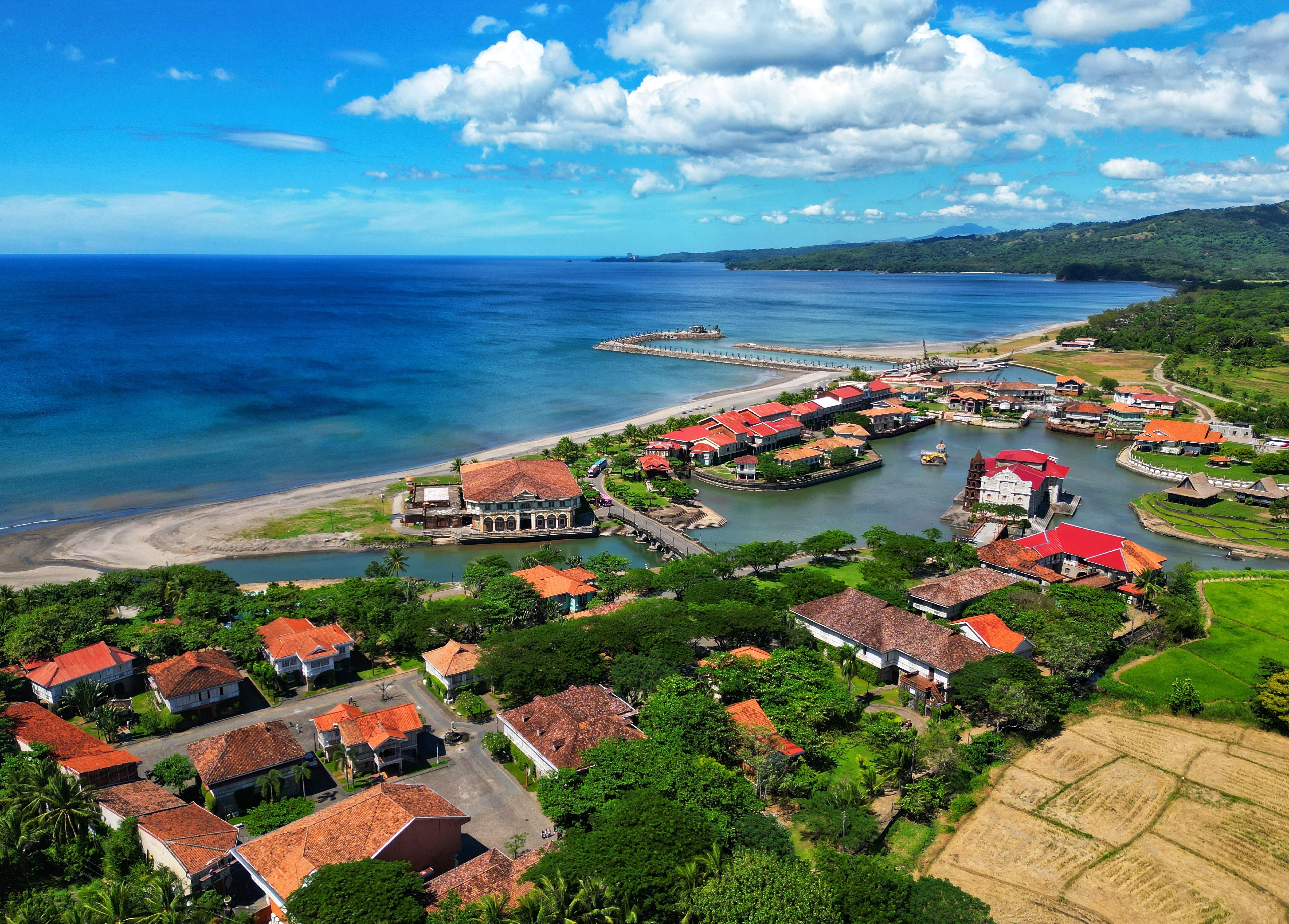THE vibrant past of the Philippines is among the many great things it is known for. As one of the most-visited destinations, it is home to a great number of historical attractions—from native houses and colonial establishments to former battlegrounds. Along with all these, one of the riches that Filipinos are genuinely proud of is the vintage churches built across Luzon and Visayas.
These churches are testament to the early beginnings of Catholicism in the country. Found in Manila is the Binondo Church, specifically located in the heart of the city’s Chinatown. The original construction was led by the Dominican priests in 1596 which was destroyed multiple times—during the Chinese rebellion in 1603, the British invasion in 1762, an earthquake and bombings of the American during their era. The octagonal bell tower is the only remains of the original church. Other ancient churches include those in the walled city of Intramuros—San Agustin Church and Manila Cathedral. San Agustin Church, the first church built in Luzon, was founded in 1571. The original church was made of wood and palm and was later replaced by stone led by the Augustine friars. It is recognized as the Philippines’ oldest stone church after it was completed in 1607. It was named as a World Heritage Site by UNESCO in 1993, one of the remarkable Baroque churches in the country. Manila Cathedral was first constructed out of bamboo, nipa and wood dating back in the late 15th century. Despite being destroyed by fire, several earthquakes and bombings, Manila Cathedral remains as one of the most-loved churches in the country where weddings are mostly held. Its eighth and most recent reconstruction was completed in 1958.
Paoay Church (St. Augustine Church) in Ilocos Norte ranks in the UNESCO World Heritage list. The construction of the church was started in the early 17th century by the Augustinian friars, and was finished in 1894. It was designed to withstand earthquakes however, despite its remarkable structure—bricks, coral rocks, lumber, tree sap, supported by 24 massive buttresses; a quake in 1706 and 1927 damaged the church. Rebuilt again, the Paoay Church is popular for its exceptional design—a mix of Baroque, Gothic and Oriental influences.
Sto. Ni˜o Basilica, also known as Basilica Minore del Santo Nino de Cebu, is birthplace of Christianity in the Philippines. Founded in 1565, the original church was made out of wood and nipa on the site where the image of the Santo Niño was found. Twice destroyed by fire, the second construction of the church in 1628 was put on stop when its structure was discovered to be substandard. The present structure made out of stone was finally finished dating back in 1740.
Our religious culture is depicted by the many venerable churches found in almost every place in the country. One of the well-known devout provinces in the Philippines is Bohol, where a number of historical churches are found. Built in 1717, the Baclayon Church is the one of the country’s oldest churches. The Jesuit-built church, made out of corals, cemented together by millions of eggs, was completed in 1727.
Originally built in 1602, the Loboc Church is Bohol‘s second oldest church. Destroyed by fire in 1632, the new church was rebuilt and completed in 1734. The church exemplifies a Baroque facade influenced by the Jesuits and the neoclassical feature of a portico by the Recollects. Its interior boasts elaborate carvings of cherubs, Jesuit insignias and houses beautiful images of saints and Jesus Christ.
Apart from these, other well-known vintage churches in Bohol include those in the towns of Dauis, Tagbilaran, Maribojoc, Loon, Loay and Bilar. These churches are more than just pillars of the Filipinos’ religious culture; it is the foundation of Catholic faith and belief. The churches are also living museums that house many of the oldest images in the world. However the recent 7.2 earthquake had severely damaged many of the centuries-old churches in Bohol and in Cebu. Nevertheless just like the previous years when some of these were rebuilt from the ruins of the old churches, Filipinos will again struggle to save and reincarnate the mementos of culture and faith that have flourished throughout the years. Apart from the natural abundance the country is endowed with, the pilgrimage sites that depict the bygone years of early Catholicism in the country and the heritage landmarks are the country’s leading destinations and truly the Filipino culture’s treasures.
***
Mango Tours is a provider of quality, affordable and convenient travel services that include low-priced airline tickets, customized Philippine and International Tour Packages, Cruises, Land Transfers, Passport and Visa Concerns. It is the #1 producer of reliable travel services particularly when it comes to Philippine travel arrangements to the Filipino-American community in the US Mango Tours is able to provide its customers with a number of travel options at affordable rates because of its consolidator contracts with over 11 airlines. Book your travel bookings with Mango Tours by calling its 24/7 US toll-free number at 1-866-2-MANILA (1-866-2-626452). Visit www.mangotours.com to know more about its latest promos and travel offers.




